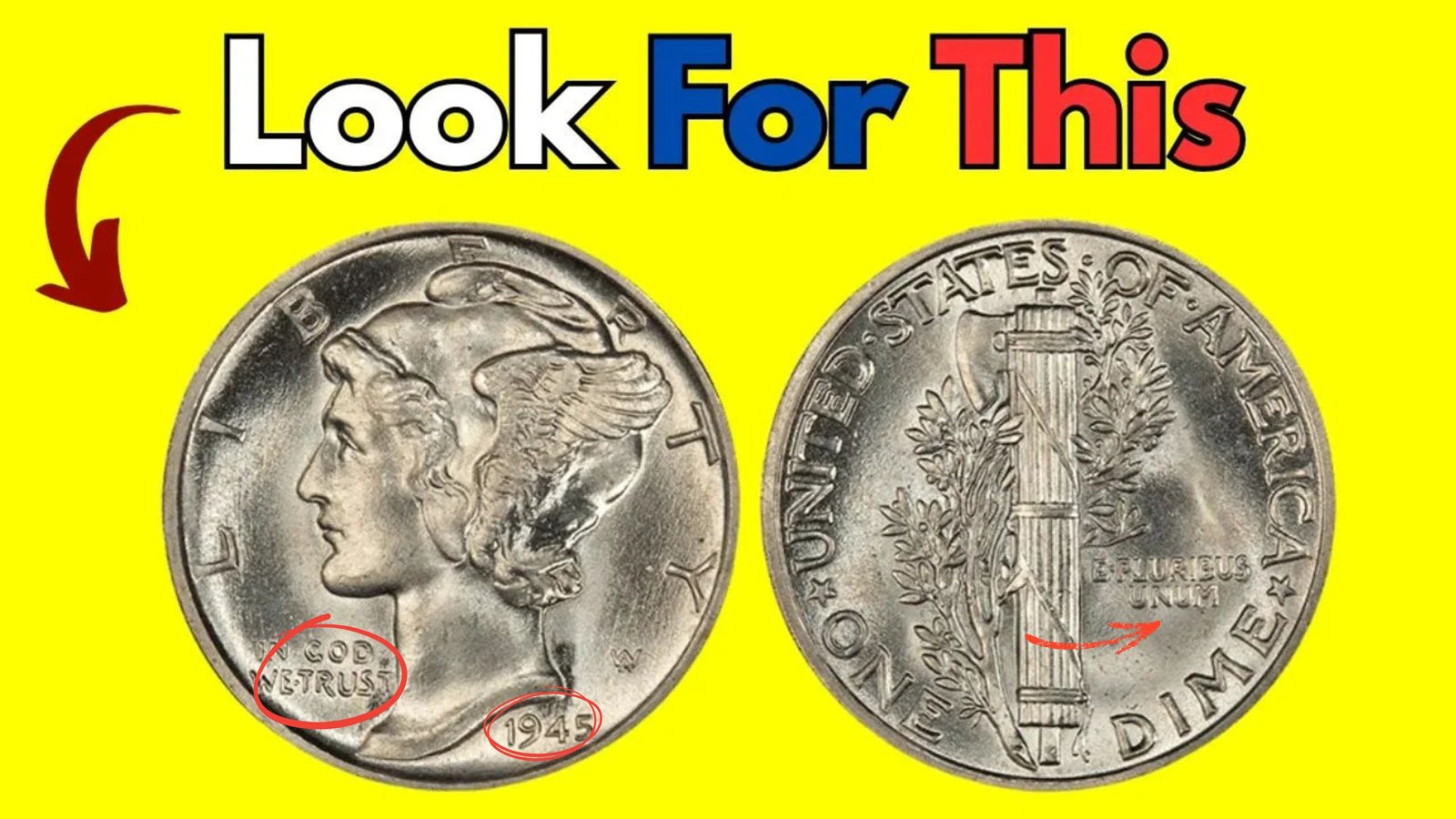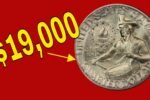Rare Mercury Dime : In the world of coin collecting, few treasures ignite excitement quite like the Mercury dime — especially the elusive one rumored to be worth a staggering $21.31 million. Dubbed the “Million Dollar Dime,” this tiny piece of silver has captivated collectors, historians, and investors alike. But what makes a Mercury dime so valuable, and how can you identify one? Let’s break it down in simple terms.
What Is a Mercury Dime?
The Mercury dime is a ten-cent coin minted in the United States from 1916 to 1945. Its official name is the Winged Liberty Head dime, but it earned the “Mercury” nickname due to its depiction of Lady Liberty wearing a winged cap, which resembles the Roman god Mercury.
Key features include:
- Designed by Adolph A. Weinman
- Composed of 90% silver, 10% copper
- Weighs 2.5 grams
- Diameter of 17.9 mm
Why One Mercury Dime Is Worth $21.31 Million
While most Mercury dimes are worth a few dollars based on silver content and condition, one particular coin is considered the Holy Grail of dimes: the 1945 Mercury Dime with a Full Bands strike and a rare minting error.
Here’s why it stands out:
- Rarity: Very few 1945 Mercury dimes were struck with sharply defined horizontal bands on the fasces (a bundle of rods on the reverse side), known as “Full Bands.” Only a handful remain in pristine, uncirculated condition.
- Error or Unique Strike: Rumors persist that this specific dime was a test strike, possibly a prototype, making it one-of-a-kind.
- Perfect Condition (MS-68 or higher): The $21.31 million dime is said to be graded at near perfection by top coin grading services, which adds exponential value.
- Mystery and Legend: Collecting lore and competitive bidding have driven up its value over time — not just for the metal, but for its story.
How to Identify a Valuable Mercury Dime
If you’re looking for treasure in your change jar or inherited coin collection, here’s what to look for:
1. Check the Date
Valuable Mercury dimes include:
- 1916-D (Denver mint): Worth thousands even in worn condition.
- 1942/41 overdate: Look for signs of a double-stamped year.
- 1945 Full Bands: Particularly rare in mint state.
2. Inspect the Reverse
Flip the coin over and check the bands on the fasces:
- Full Bands (clear, separated horizontal lines) signal a higher strike quality and greater value.
3. Look for Errors or Variants
Minting mistakes like double dies, off-centers, or overdates make a coin especially rare.
4. Get It Graded
If you think you’ve found something special, have it authenticated and graded by a professional service like PCGS or NGC.
Where to Hunt for a Million Dollar Dime
- Estate sales and flea markets often yield old coin collections.
- Coin shows and auctions are good places to spot rare dimes and learn from experienced collectors.
- Your own pocket change or family coin jar — don’t overlook everyday places!
Frequently Asked Questions (FAQs..)
Q1: What is a Mercury dime?
A: The Mercury dime is a U.S. 10-cent coin minted from 1916 to 1945. It features Lady Liberty wearing a winged cap, which resembles the Roman god Mercury—hence the nickname. Its official name is the Winged Liberty Head dime.
Q2: Why is one Mercury dime worth $21.31 million?
A: This legendary value is tied to an ultra-rare 1945 Mercury dime with:
- Full Bands detail on the reverse,
- Perfect mint condition (MS-68 or higher),
- Possible mint error or prototype status, and
- Intense demand and lore in the collector community.
Its uniqueness and story have pushed its estimated value sky-high.
Q3: What does “Full Bands” mean?
A: On the back of the Mercury dime, the fasces (a bundle of rods) has horizontal bands. “Full Bands” means these are sharply struck and fully separated, indicating a high-quality minting — a key detail for collectors.
Final Thoughts: Keep Your Eyes Open
The tale of the $21.31 million Mercury dime reminds us that extraordinary value can come in the smallest packages. While finding this exact dime is a long shot, coin collecting can be a rewarding hobby that blends history, art, and the thrill of the hunt. Whether you’re a seasoned numismatist or a curious beginner, keep looking — your million-dollar discovery might be just a dime away.
Tip: Store all old coins safely in non-PVC holders and avoid cleaning them — even a tiny scratch can slash thousands off the value.
Happy hunting! 🪙




